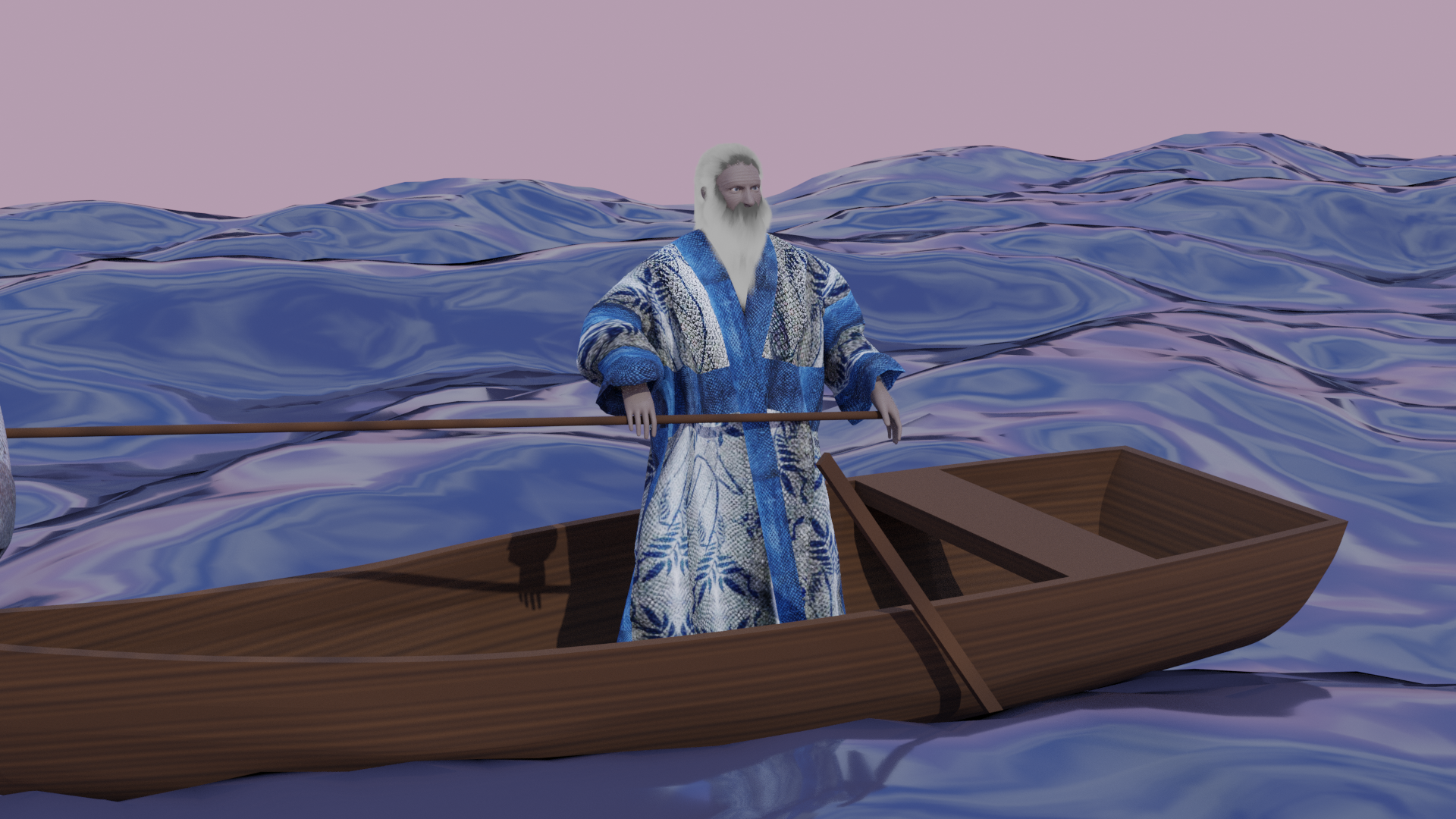London, UK
Year
2024
Technology, Sustainability and the Fashion Industry
Media Highlights
Chapter 6 of the book is entirely dedicated to the project I developed with Elisa Palomino: Fish Skin Garments and Ainu Fish Skin Traditions
In the book Technology, Sustainability, and the Fashion Industry: Can Fashion Save the World?, Chapter 6 is entirely dedicated to the project.
Making fish skin pattern-based garments: developing digital tools for the fashion industry based on Ainu Indigenous Peoples tradition.
The project was presented during the Responsible Fashion Series – Breaking the Mould conference at the University of Antwerp next week.
“The Ainu garment in the image is part of a study that hypothesises what would have happened if, during the Meji era, the Japanese had brought their Katazome indigo dyeing tradition, and blended it with the Ainu tradition of creating clothing from fish skin.” Elisa Palomino
I collaborated with Elisa Palomino on a project to digitally recreate Ainu fish skin robes, merging traditional craftsmanship with modern technology. Using CLO3D and Blender, I designed a 3D animation of the robe, capturing its intricate details and movement. The project aimed to promote sustainability by utilizing fish skin, and to preserve cultural heritage through digital innovation. My work emphasizes the potential for technology to enhance inclusivity and accessibility in fashion, blending traditional techniques with cutting-edge digital tools to create garments that honour both past and future practices.
Using CLO3D, I designed the robe’s pattern and physical properties, while Blender allowed me to animate the scene with elements like a boat, ocean, and Ainu avatar. I developed the fish skin print pattern in Photoshop and adapted it in CLO3D to ensure realistic garment construction. The animation brought the robe to life, enabling viewers to explore it from different perspectives.


